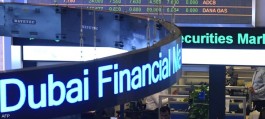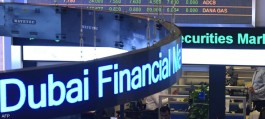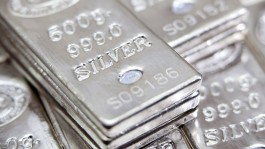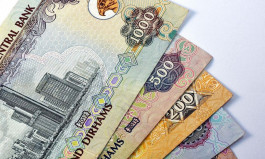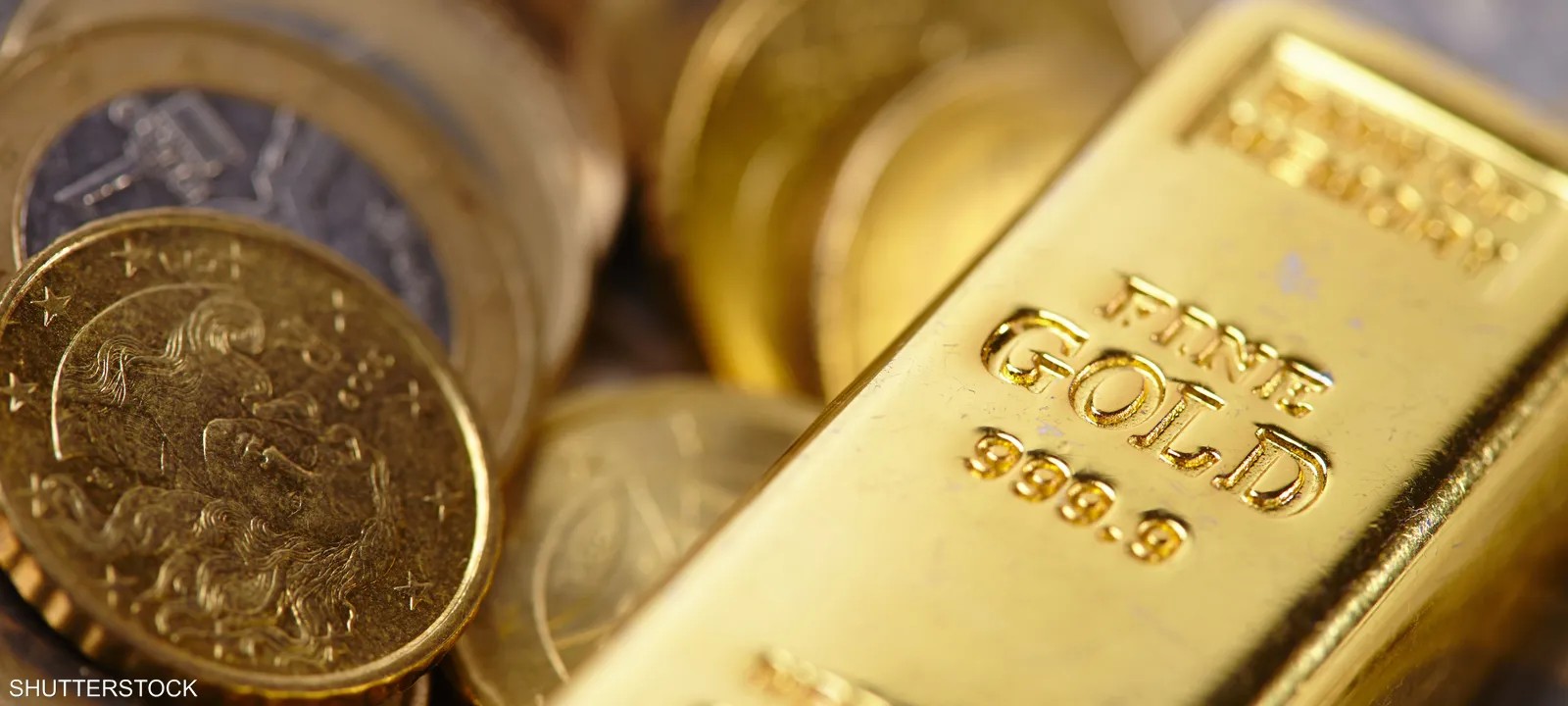Last week was not a happy one for the yellow metal, which suffered heavy losses of up to 5% in one day, ending the week down nearly 3% for bullion gold and 2.6% for gold futures.
Bullion gold closed the week at $4,112.1 per ounce, while gold futures fell to close the week at $4,137.8 per ounce.
Gold is awaiting the US Federal Reserve's decision on October 29, which everyone knows will almost certainly see interest rates cut from 4.25% to 4.00%.
Although the sharp decline has dampened the yellow metal's excessive upward momentum, some analysts noted that the technical damage was limited, with prices managing to hold crucial near-term support at $4,000 per ounce—for now. Gold is poised to end the week above $4,100 per ounce, as inflationary pressures remain relatively subdued, albeit at elevated levels. Meanwhile, preliminary data from the University of Michigan shows that consumer sentiment fell to a five-month low. Spot gold last traded at $4,112.20 per ounce, down 0.32% on the day and more than 3% from last Friday.
Lukman Otunuga, Head of Market Analysis at FXTM, said: “Gold bulls gained confidence this afternoon after cooler-than-expected inflation figures reinforced bets on a Fed rate cut next week. Interestingly, the technical picture favors the bears, with weakness below $4,050 opening a path towards $4,000 and lower.” Ole Hansen, Head of Commodity Strategy at Saxo Bank, explained that while gold has managed to hold crucial support for now, he doesn’t expect the selling pressure to completely end. He added: “I’m in no hurry to get back into the market, as the current correction is flow-driven rather than data-driven. In other words, a weaker-than-expected CPI, which keeps the door open for a rate cut, will add fundamental support to gold, but it’s too early to say whether $4,000 will be the bottom.” He emphasized: “Monday’s sharp drop to $4,000 signaled the beginning of a consolidation phase that was overdue and necessary.”
Although gold appears to be entering a new consolidation period—similar to the price action seen between May and August after prices surpassed $3,000 per ounce—analysts noted that the fundamental drivers that have driven gold prices up more than 60% this year remain in place. Michael Brown, senior market analyst at Pepperstone, said he expects gold to trade between $4,000 and $4,400 per ounce in the near term, with risks skewed to the upside as global government debt continues to grow at unsustainable levels and central banks continue to increase their gold reserves. He added, “The bull market is far from dead; instead, it’s taking a breather. What we’ve seen in recent trading appears to be the culmination of a parabolic rally that went too far, followed by a strong pullback, as new buyers unwind their positions and those who have been in the trade for some time seek to book profits.”
Neil Welch, head of metals at Britannia Global Markets, explained that he doesn't see a top in gold anytime soon, adding that the market was overdue for a cooling-off period. He said: Gold's recent volatility looks more like a constructive correction than a reversal. The long-term narrative of persistent inflation risks, aggressive central bank buying, persistent geopolitical uncertainty, and expectations of Fed rate cuts remains intact. Prices may spend time oscillating between $4,000 and $4,200 as new positions build, but the structural factors that point to gold's upside remain compelling. The move from $4,100 to $5,000 may take longer than the explosive phase that preceded it, but this move could attract dip-buying interest to capitalize on short-term weakness.
Ryan McIntyre, managing partner at Sprott Inc., said it's hard to see gold prices falling significantly as geopolitical and economic uncertainty remains elevated. These comments come as the United States continues to negotiate a trade deal with China; meanwhile, President Donald Trump has canceled all trade talks with Canada. He added, The safe-haven uncertainty trade is still alive and well.
US economic data is again limited next week due to Congress's continued inability to pass new funding legislation; however, the main event remains the Federal Reserve's monetary policy decision. Although inflation remains relatively high above the central bank's 2% target, many analysts and economists do not expect this to derail the current easing cycle. According to the CME FedWatch tool, the market fully expects the Fed to cut interest rates by 25 basis points next week. The market is also pricing in another rate cut in December. Some analysts have said that with gold holding above $4,000 per ounce, the market has already priced in the Fed's easing path. Naeem Aslam, chief investment officer at Zaye Capital Markets, said, I think a lot of optimism is already priced in, and there is a possibility we have already seen the highest levels of the year for the shiny metal. The price of gold could retest the $3,800 support in the coming days, as we believe the FOMC meeting will put pressure on the price of gold.


